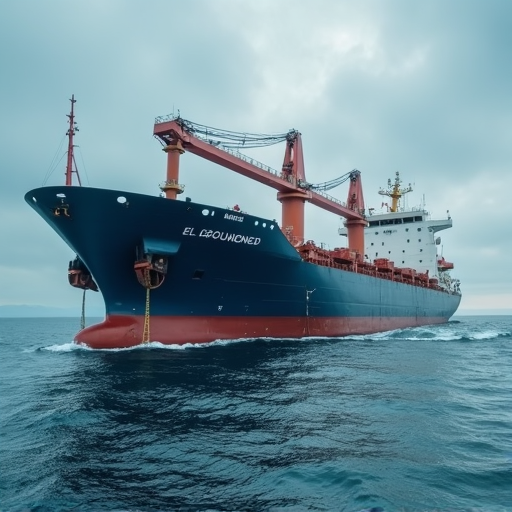
Climate Change Opens Arctic Shipping Routes
The rapid melting of Arctic ice due to climate change is unveiling new shipping routes, transforming global trade dynamics and sparking geopolitical tensions. The Arctic, once a frozen frontier, is now becoming a navigable passage, with the Northeast Passage (NEP) and the Northwest Passage (NWP) gaining prominence.
Key Shipping Routes
The Northeast Passage, following the Russian and Norwegian coasts, and the Northwest Passage, along Northern Canada and Alaska, are the primary routes. The Northern Sea Route (NSR), a subset of the NEP, is particularly significant due to its proximity to Russian ports like Murmansk.
Geopolitical Implications
Nations are scrambling to assert control over these routes. Russia, for instance, has heavily invested in infrastructure along the NSR, while Canada and the U.S. are monitoring the NWP. The potential for ice-free summers by 2030 could further escalate competition, with China also eyeing the region as part of its Polar Silk Road initiative.
Environmental and Economic Impact
While shorter routes promise reduced fuel costs and emissions, increased shipping activity poses environmental risks, including oil spills and disruption to fragile Arctic ecosystems. The economic benefits, however, are undeniable, with estimates suggesting the NSR could cut Asia-Europe shipping times by 10-15 days.
For more details, visit Wikipedia.
